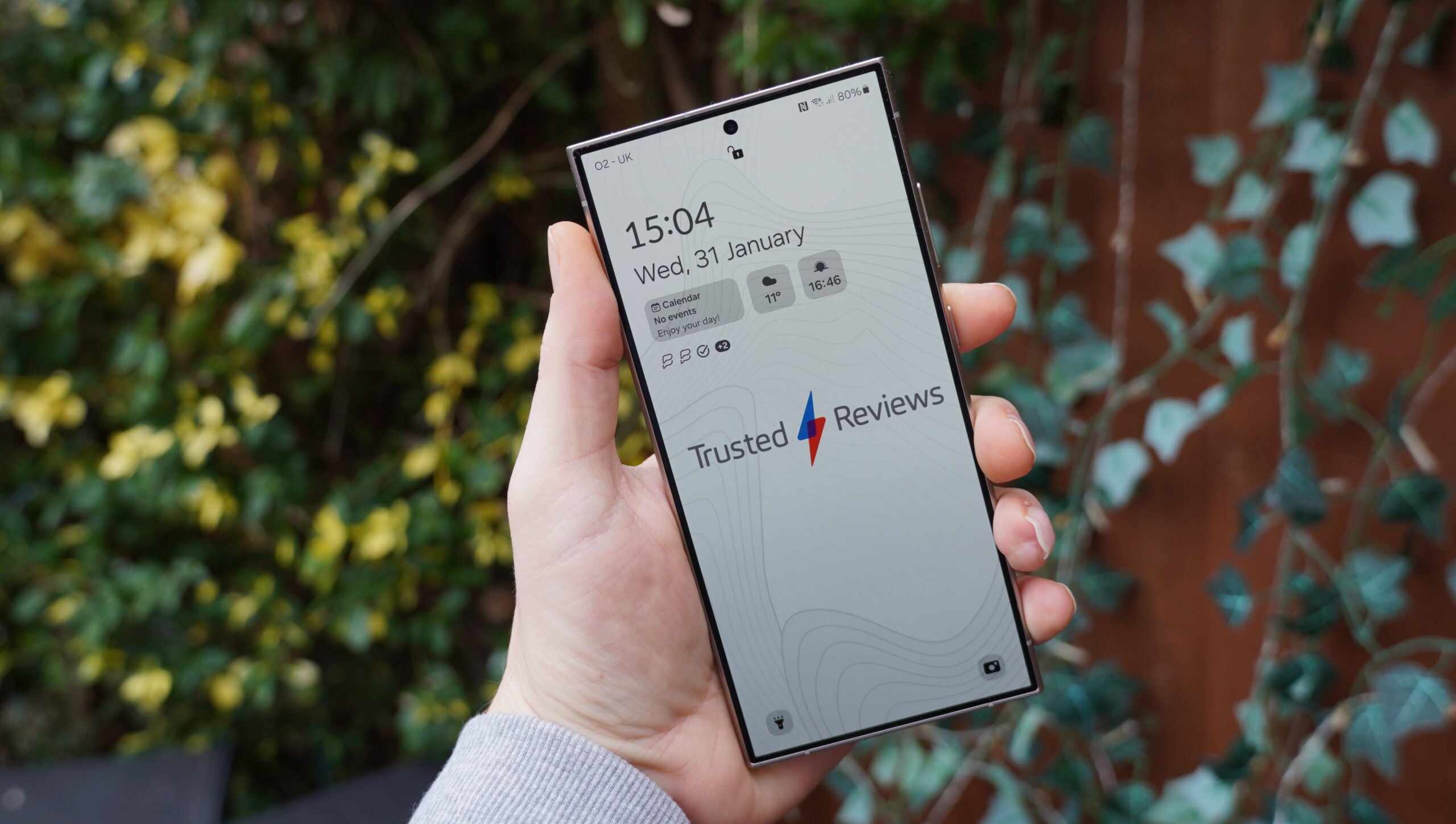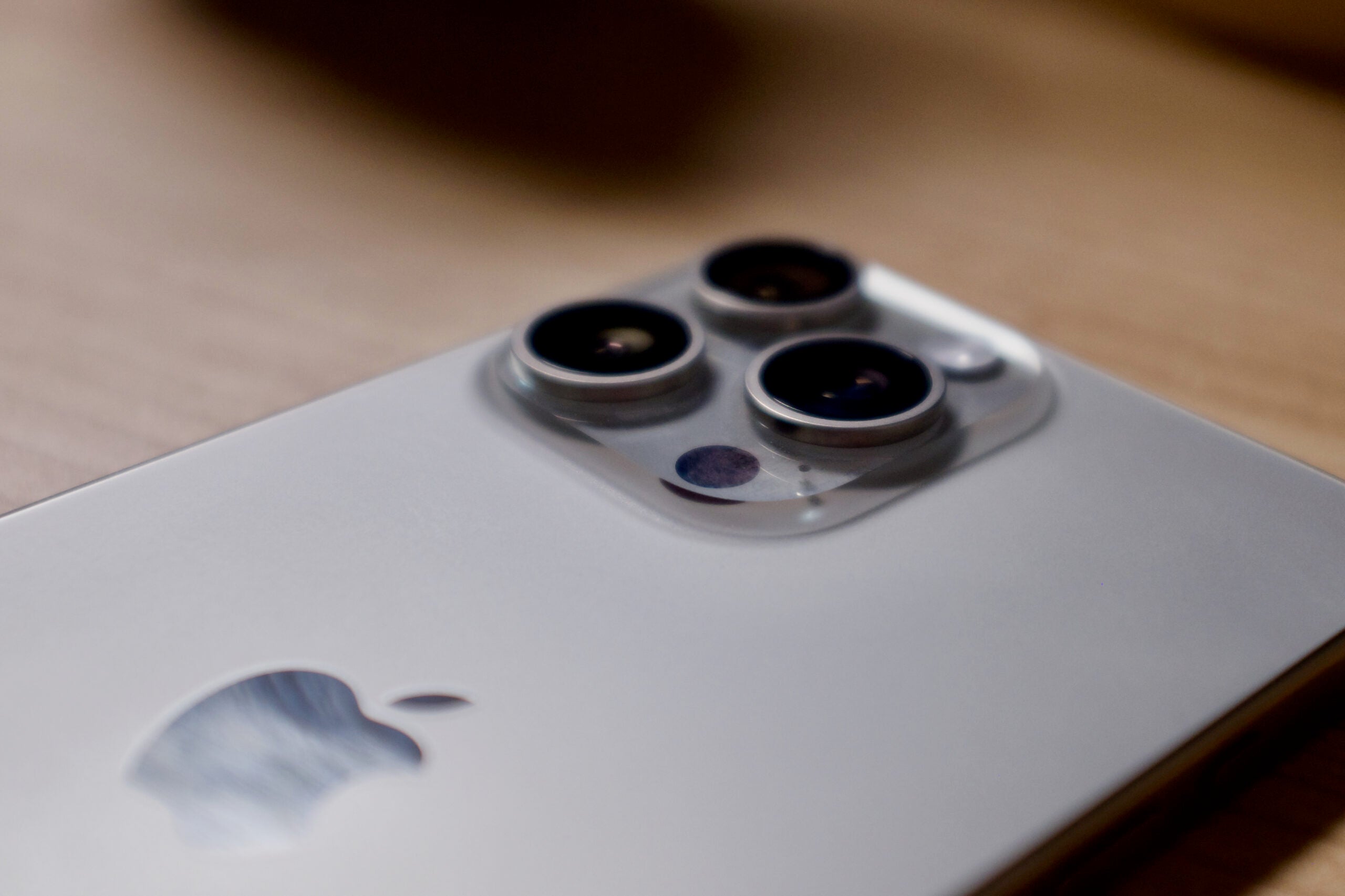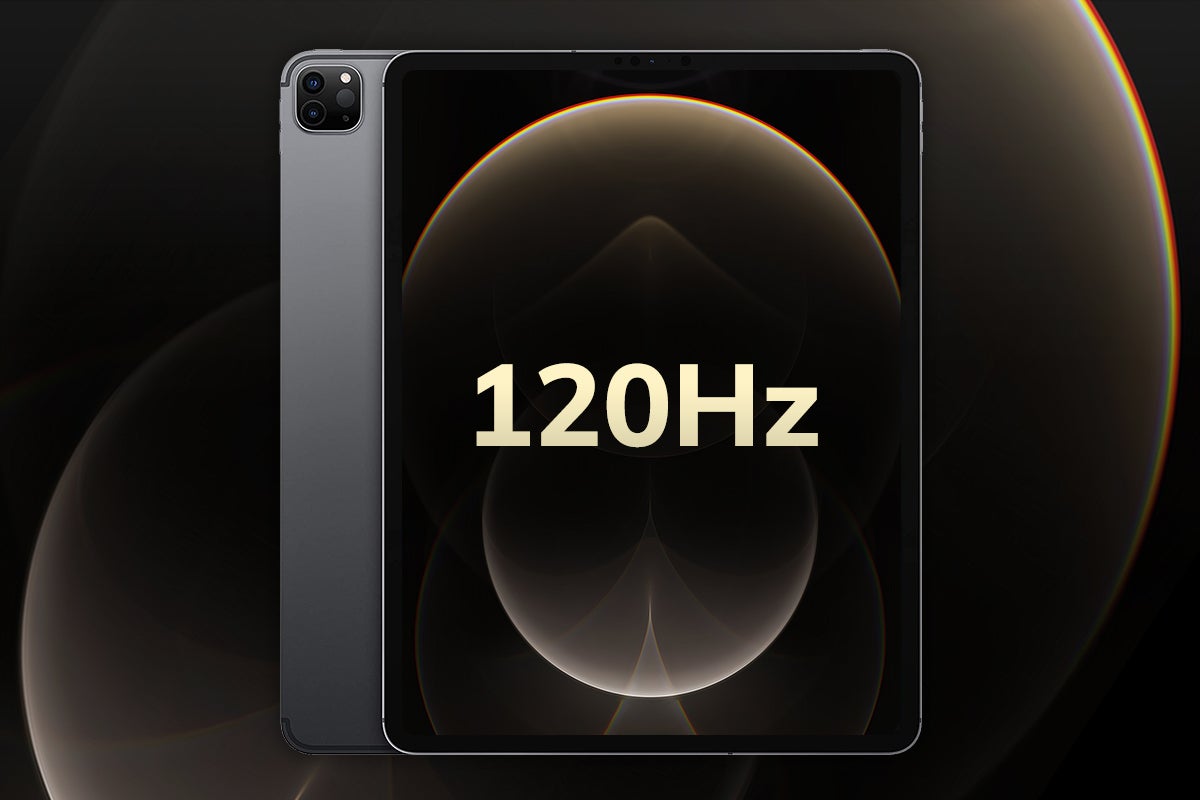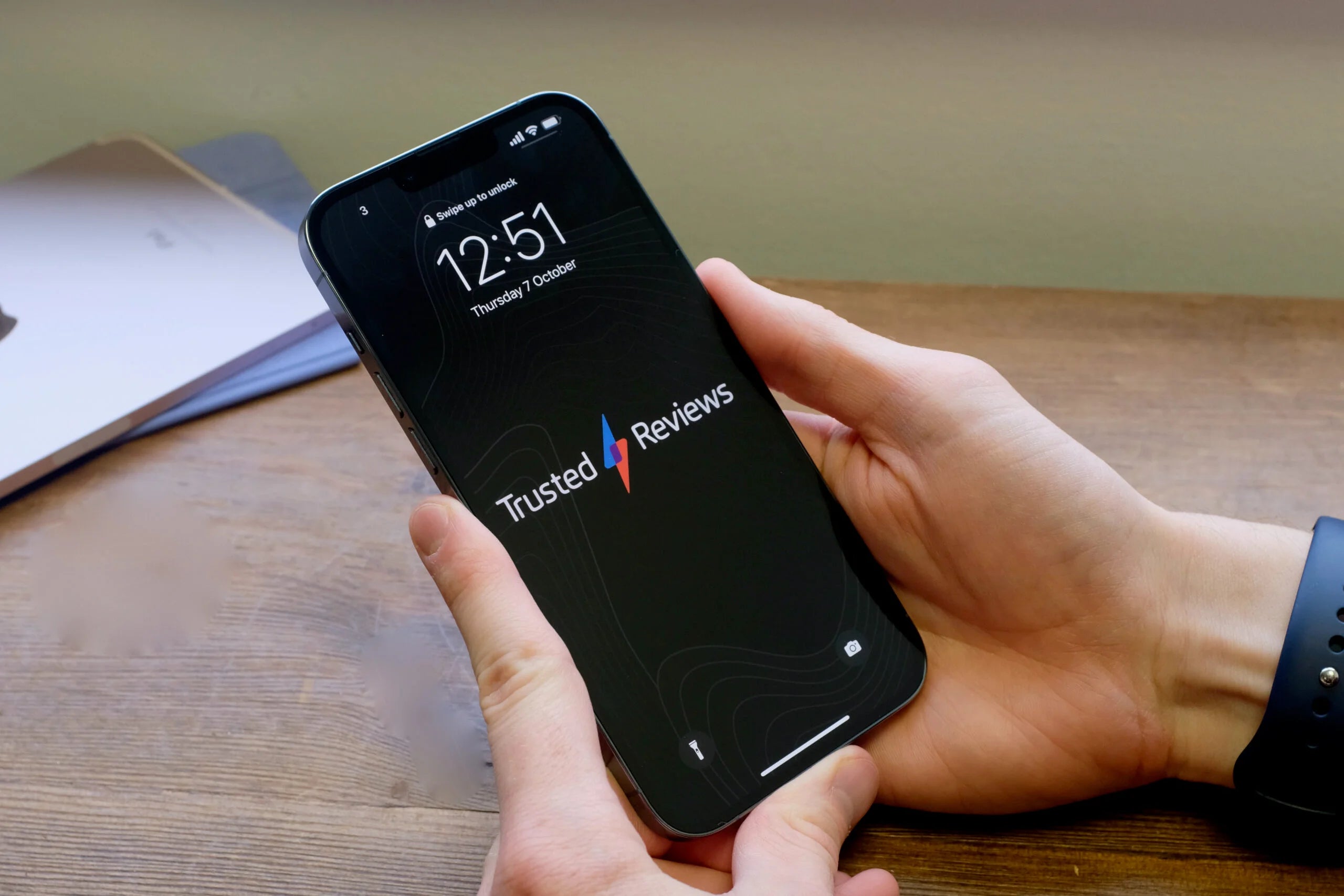What is Adaptive Charging?
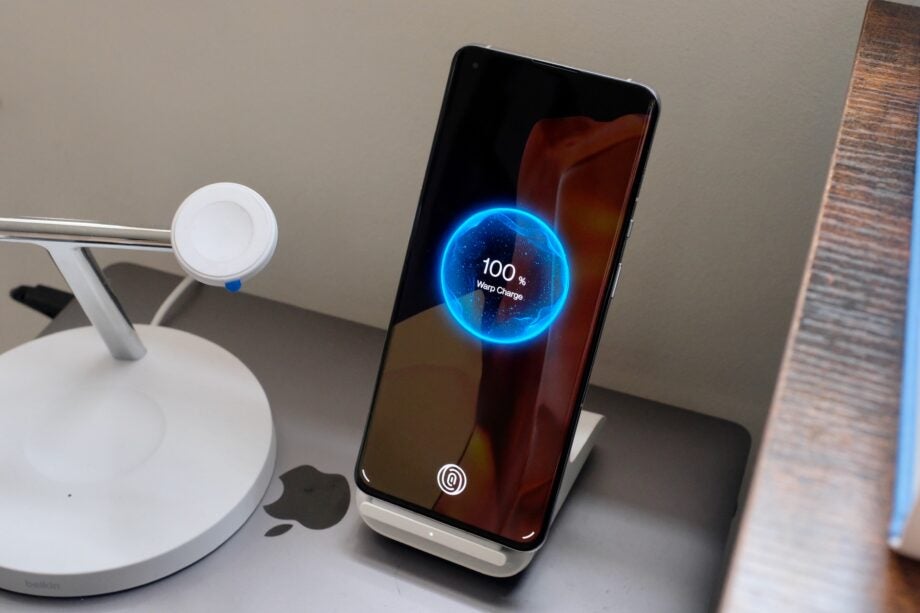
Adaptive charging is a feature of most smartphones in 2023, but what does the tech do and why is it so important for smartphone battery life?
While you might be tempted to disable adaptive charging on your smartphone in a bid to make it charge as quickly as possible, that might not be the best move. This is especially if you plan on using your smartphone for years to come. Why? Because smartphone batteries degrade over time as they age, reducing the overall battery capacity and resulting in reduced battery life.
Adaptive charging is an effort from manufacturers to combat this issue with little impact on the user, essentially stopping your phone from hitting a full 100% charge when plugged in overnight until just before you wake up.
Here’s all you need to know about adaptive charging, also known as optimised charging and adaptive battery tech, on smartphones.
What is Adaptive Charging?
Adaptive charging is a feature present on most smartphones (regardless of whether it’s an iPhone or Android) dedicated to battery health and essentially making sure your battery capacity remains as close to 100% for as long as possible.
It does this in a simple and elegant way. While manufacturers may approach the tech in a slightly different way, the overall concept is that the phone essentially learns your sleep pattern and will only charge the phone to 80% when first plugged in at night, delivering the final 20% closer to when you wake up and take the phone off charge.
That might sound odd on the surface – why wouldn’t you want your phone to charge as fast as possible? – but there’s sound logic behind the functionality.
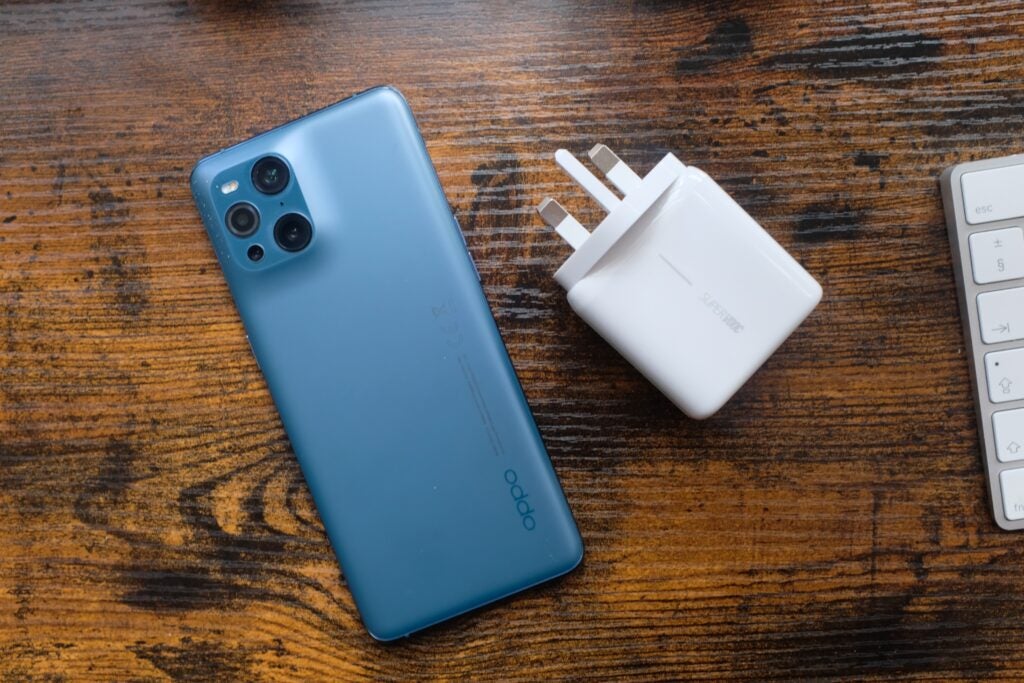
Why is Adaptive Charging important?
Adaptive charging is an important aspect of any smartphone because it helps the battery last longer at full capacity, translating to consistent battery life over months if not years of use.
No matter if you’ve got a flagship phone or a budget handset, the battery within will age as it’s depleted and recharged over and over again. As it does, it’ll lose some of its capacity. Most smartphone batteries are designed to retain up to 80% of their capacity over 500 full charge cycles, though there are some brands like OnePlus that have extended that to around 800 cycles or more via proprietary charging tech.
That might not sound like a problem to some – if you charge your phone once a day, that should provide at least a year and a half of great battery life before you start noticing issues – but the problem is what happens when the battery is fully charged while you’re asleep.
When the battery is fully charged while you’re asleep, the phone will switch back to battery power. After some time, it’ll drop down to 99% capacity, and the charger will again top it back up to 100%. If this cycle is repeated multiple times per night, those small 1% increments can soon add up and start eating into the 500-cycle limit.
That’s why adaptive charging is so important, heavily reducing that final 1% cycle to vastly improve battery longevity. It’s a relatively simple solution to a complicated issue.

55% off the Samsung Galaxy Note 10 Plus
Save £600 on the Samsung Galaxy Note 10 Plus with this deal, which sees 55% having been slashed off the price of this smartphone’s original RRP, from when it launched back in 2019.
- Amazon
- Was £1,099
- Now £499
What’s the difference between Adaptive Charging and Optimized Charging?
We’ve focused on adaptive charging in this article, but the tech goes by a few different names depending on the brand of smartphone you’re using.
Google calls the tech Adaptive Charging on its Pixel smartphones, but OnePlus devices refer to it as Optimized Charging while Samsung devices go with Adaptive Battery branding. Even Apple has a version of the tech on iPhones dubbed Optimized Charging.
But while the name varies, the idea behind the tech is consistent among all brands that support it.



